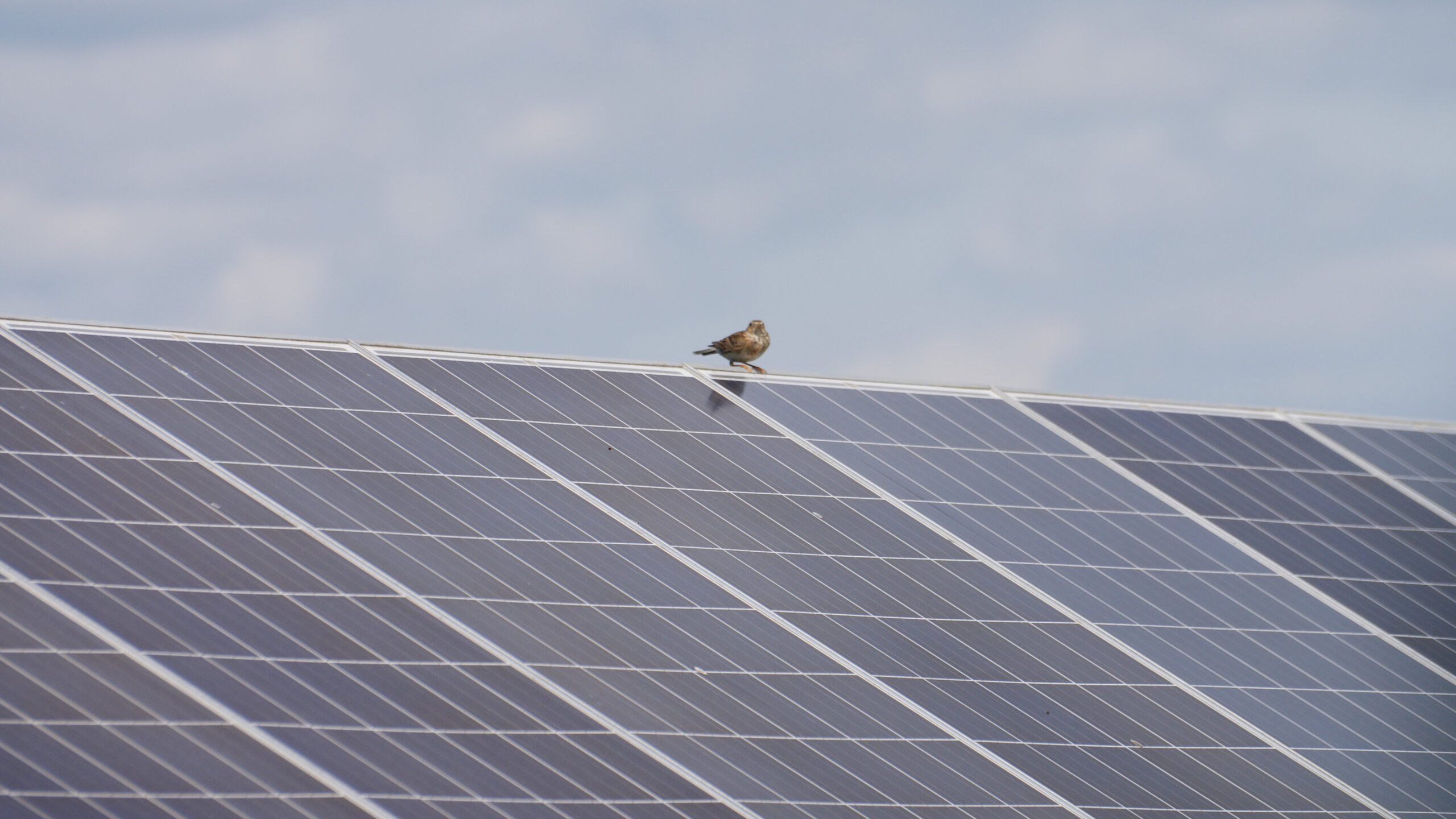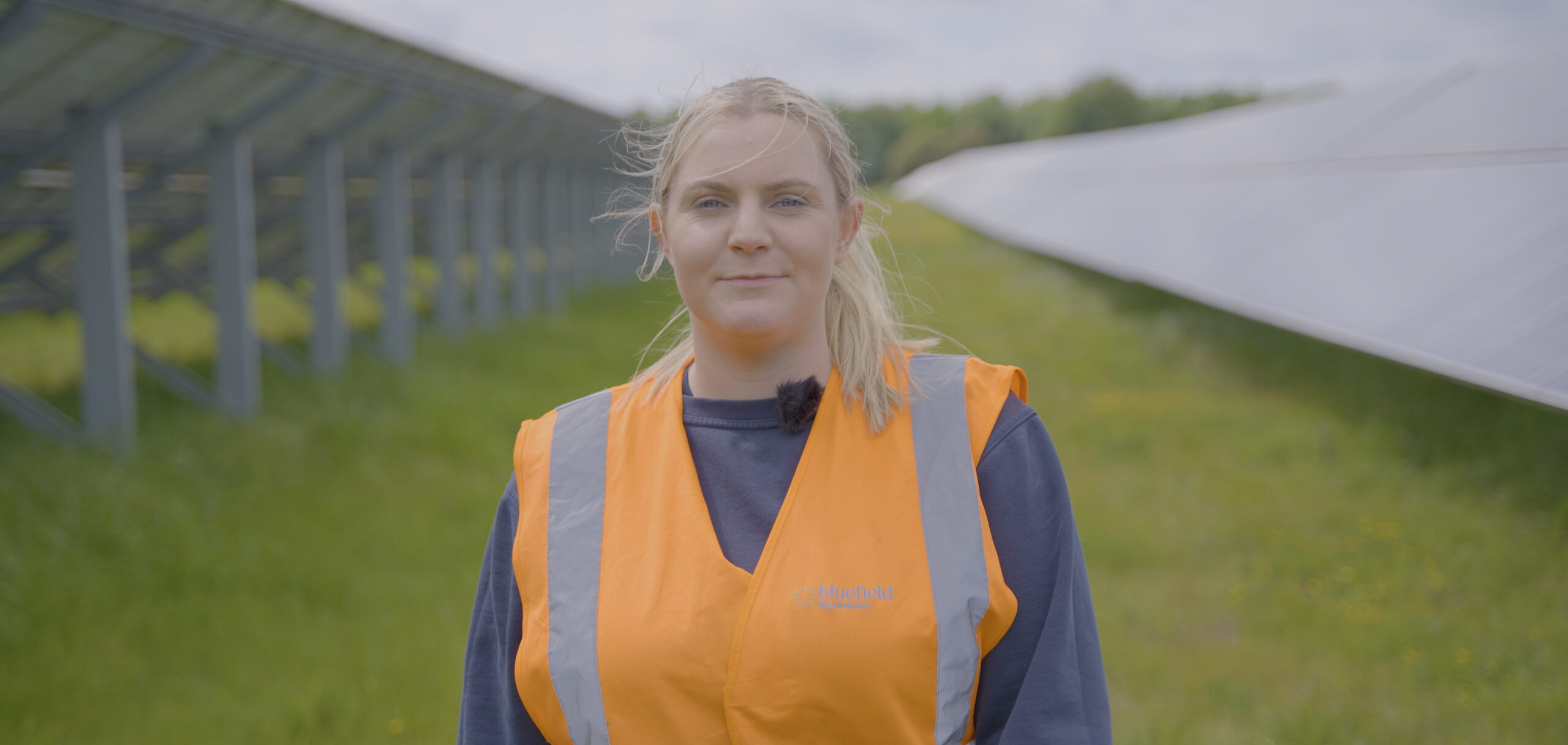Case study: Biodiversity
Case study: Biodiversity
West Raynham – Our landmark biodiversity project
West Raynham is an award-winning site situated on approximately 91 hectares of disused airbase. Previously, the site was largely comprised of open grassland for sheep grazing, former runways, and two sections of farmland.
The site’s characteristics offered a significant opportunity to enhance biodiversity, an initiative that has been successfully achieved under Bluefield’s management and in conjunction with independent certifier, Wild Power®.
Read about our Wild Power® certification
West Raynham at a glance
50MW
Capacity
King’s Lynn
Potential to power
40 acres
Wild flower meadows
Gold
WildPower certified
The West Raynham story
West Raynham is an award-winning solar farm nestled deep in the Norfolk countryside.
Originally used as an airfield by the Royal Air Force, Bluefield took on the Operations and Maintenance contract for the site during the pandemic. At the point of acquisition, the airfield and surrounding grasslands were flat, exposed, and ecologically poor but today, West Raynham is one of the most biodiverse solar farms in the UK.
To achieve this transformation, Bluefield partnered with Wild Power, an independent certifier which provides tools and practices to enable developers and operators to measure, manage, monitor and report on their biodiversity efforts. Following Wild Power’s 26-step ecological evaluation of the site, our team were able to accurately quantify the site’s ecological potential and highlight areas for improvement.

The site was awarded points for the 40 acres of fenced wildflower meadows, which are managed through conservation grazing, and the 5 acres of tree planting. Additional enhancements that were installed as a result of the assessment were several microhabitats, including maternity bat roosts, bird and bat boxes, and reptile refuges, designed specifically to support protected and priority species.
As a result, West Raynham now plays host to many bird species and pollinators, and forms part of a broader data-sharing exercise with Lancaster University and Solar Energy UK to better understand how solar farms can support pollinator biodiversity and carbon sequestration.
In 2024, the site became the UK’s first Wild Power Gold Certified site—the highest level of recognition for biodiversity on renewable energy land – and was featured as a case study in Solar Energy UK’s 2025 Solar Habitat 2025 report.
Read Solar Energy UK's West Raynham case study
We have seen increasing wildflower diversity, a wide range of breeding birds of conservation concern, and an increase in ecosystem services being offered. We need integrated nature-based climate solutions to tackle biodiversity loss and climate change, and this work is evidencable these can go hand in hand.


